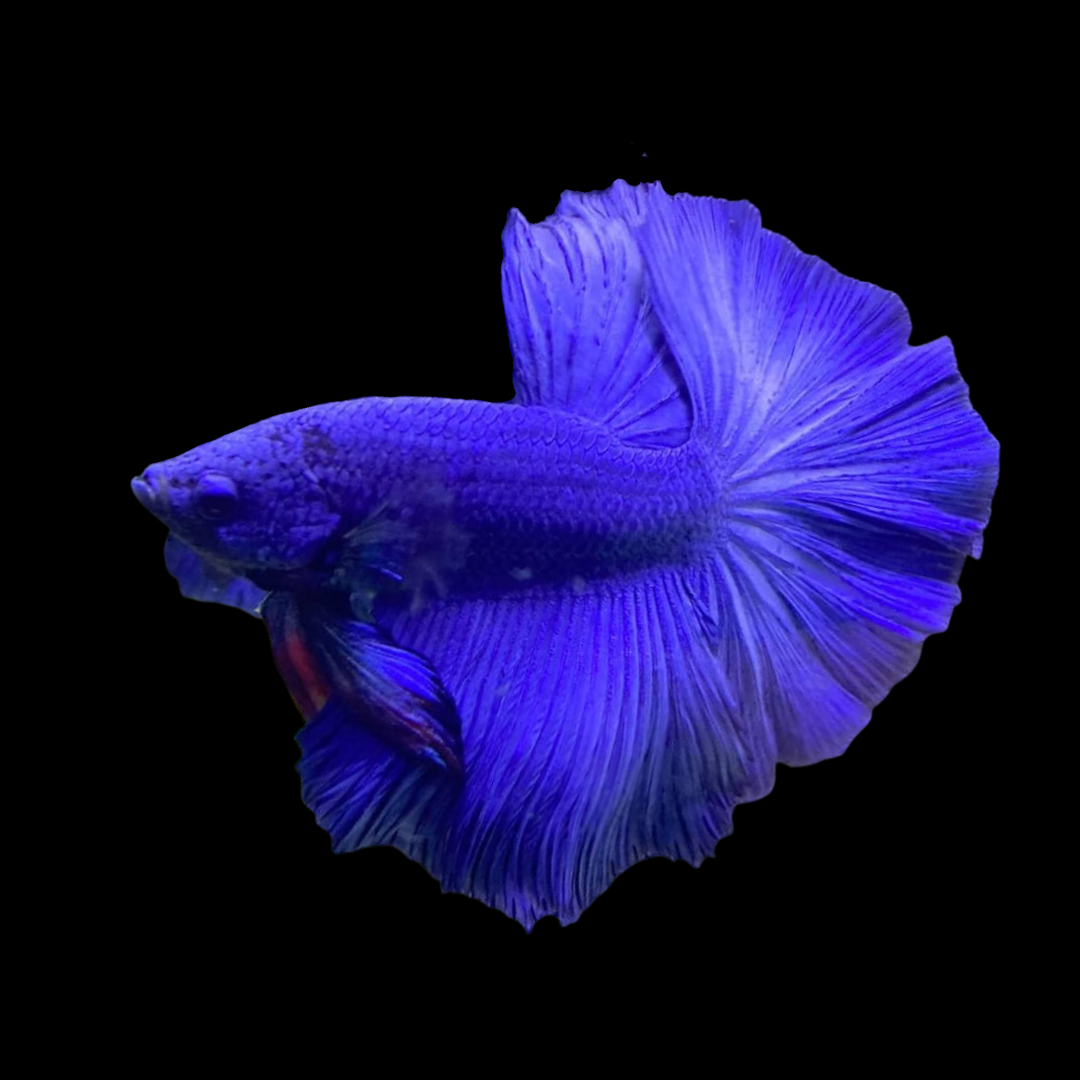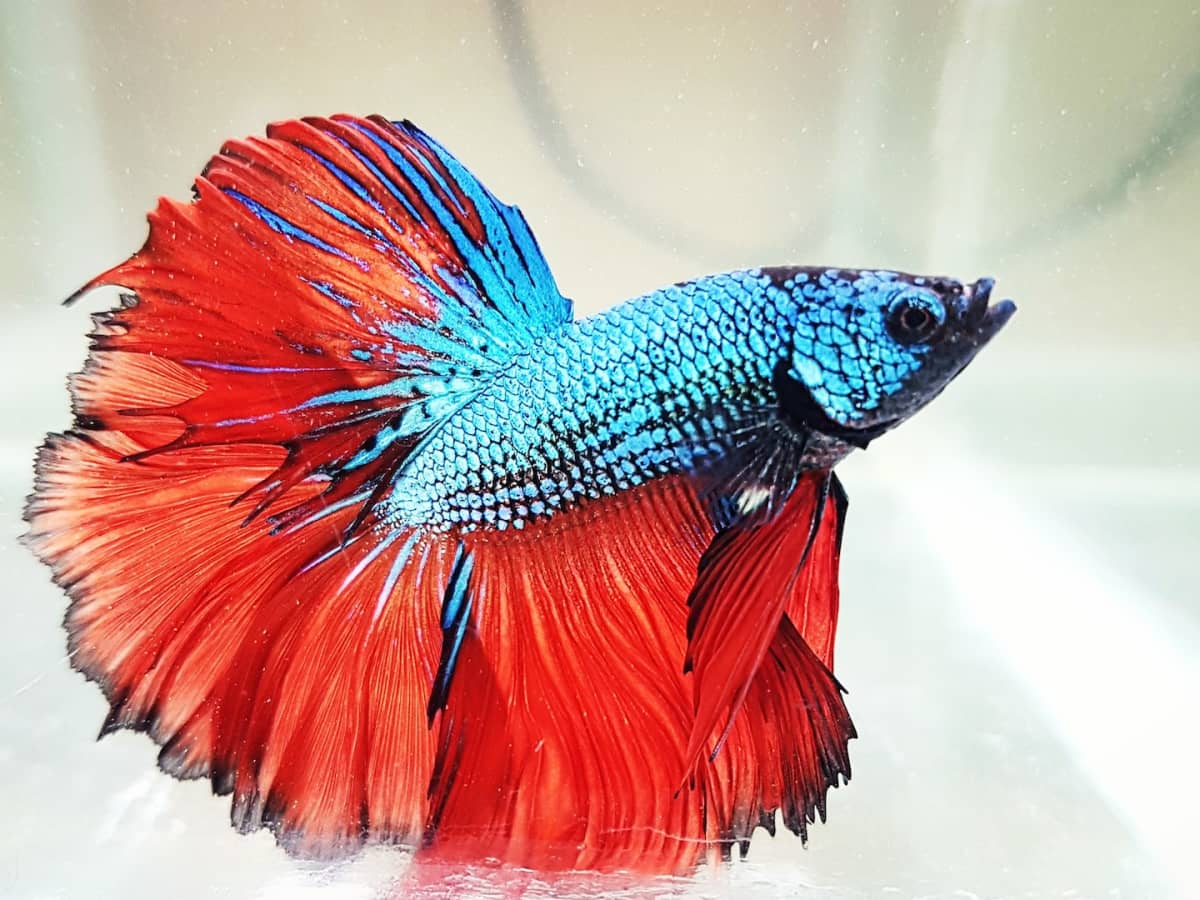How to Produce the Perfect Betta Fish Habitat in your home
Wiki Article
Breeding Betta Fish: a Comprehensive Step-By-Step Overview to Successfully Raising Infant Bettas From Eggs to The Adult Years
Breeding Betta fish is a careful endeavor that needs mindful planning and execution to guarantee the effective development of fry from eggs to develop fish. Picking genetically diverse breeding couple with preferable qualities is only the beginning; producing an optimal atmosphere and recognizing the ins and outs of the breeding process are equally essential. As the male Betta faithfully constructs a bubble nest and guards the priceless eggs, the subsequent stages of care and transition need focus to information and understanding of finest practices. Just how does one navigate the difficult yet rewarding path of supporting these vibrant creatures to their adult years?
Picking Breeding Pairs
When embarking on the journey of breeding Betta fish, selecting the appropriate breeding sets is crucial to attaining desirable traits and a healthy and balanced lineage - betta fish. The initial step in this process is to recognize the certain characteristics you desire to improve or preserve, such as shade, fin type, and physique. It is necessary to choose genetically varied sets to prevent inbreeding, which can lead to wellness issues and unfavorable qualitiesReview prospective reproducing candidates carefully. A healthy and balanced male Betta should show lively colors, an active disposition, and well-formed fins, while the lady ought to likewise display dynamic pigmentation and a rounded tummy, showing readiness for spawning. Observing the temperament of both fish is crucial, as aggressive or excessively shy individuals might not reproduce successfully.
Keeping records of the parent fish's ancestry can help you track genetic characteristics and prospective problems. Inevitably, investing time in the choice procedure will considerably improve the probability of generating solid, lively children that satisfy your reproduction goals.

Preparing the Reproduction Tank
Developing an optimum breeding setting is a vital step after selecting suitable sets for Betta fish. The reproduction container should be particularly created to provide comfort and promote the all-natural breeding habits of the fish. Start with a container size of a minimum of 10 gallons to make sure sufficient space for both the male and women Bettas.Maintain a gentle filtering system to maintain the water clean while staying clear of strong currents that can stress the fish. Furthermore, an air rock can be added to give oxygenation without disrupting the water surface area way too much.
Temperature policy is vital; go for a stable variety of 78-82 ° F(25-28 ° C) making use of a trusted heater. The pH degree should be kept between 6.5 and 7.5, and normal water adjustments are required to make certain high water top quality.
Integrate floating plants or spawning sponges to create hiding areas for the female, while additionally urging bubble nest building by the man - betta fish. Guarantee the tank is totally free from sharp designs and any kind of possible threats, as the welfare of the fish need to constantly be prioritized throughout this crucial phase of breeding.
The Breeding Process
Usually, the breeding procedure for Betta fish involves a collection of unique and evident habits that suggest preparedness for reproduction. The male Betta begins by building a bubble nest at the water's surface, which acts as a site for the fed eggs. This nest is essential, as it offers a safe environment for the straight from the source eggs up until they hatch out.When the nest is established, the male will certainly present courtship actions, such as flaring this hyperlink his fins and displaying lively shades to attract the woman. The woman, upon noticing the male's preparedness, will certainly respond by showing vertical stripes along her body, signaling her receptiveness.
The fertilized eggs after that drop to the bubble nest, where the male meticulously gathers and returns them to the nest. Following this, the male presumes obligation for guarding the nest and ensuring the safety and security of the eggs till they hatch out, normally within 24-36 hours.
Taking Care Of Betta Fry
Caring for Betta fry calls for mindful focus to their atmosphere and nutrition to make certain healthy and balanced growth and development. After hatching, Betta fry are very tiny and prone, necessitating a stable and clean environment.Feeding Betta fry is just as important. Feed them small quantities numerous times a day, being mindful not to overfeed, which can lead to water high quality problems.
Transitioning to Adult Bettas
As Betta fry mature, transitioning them to grown-up Bettas is a vital phase that requires mindful monitoring of their atmosphere and social interactions. This process generally begins when the fry get to around 6 weeks of age, at which point they can be gradually presented to a much more structured living setting.To promote this shift, it is vital to make certain that the water specifications-- such Continue as temperature, pH, and ammonia degrees-- are optimal and steady. Adult Betta fish flourish in warm water (around 78-80 ° F) with a pH of 6.5 to 7.5. Slowly adjust the fry to these problems to reduce stress and anxiety.
Social interactions are an additional essential factor; man Bettas are notoriously territorial and hostile. As a result, it is recommended to separate men into private tanks as they develop. Women Bettas can be housed with each other, yet care must be required to monitor for indications of aggressiveness.
Additionally, dietary changes should be made as the fry grow. Integrate high-grade pellets and live foods to sustain their growth and wellness. By managing these elements effectively, you can promote a successful shift to their adult years for your Betta fish.

Final Thought
Successful reproduction of Betta fish calls for cautious attention to information throughout the entire procedure, from choosing genetically varied pairs to providing optimum care for fry. In addition, a balanced diet regimen and progressive adaptation to grown-up atmospheres are essential for the development and advancement of Betta fish.Report this wiki page